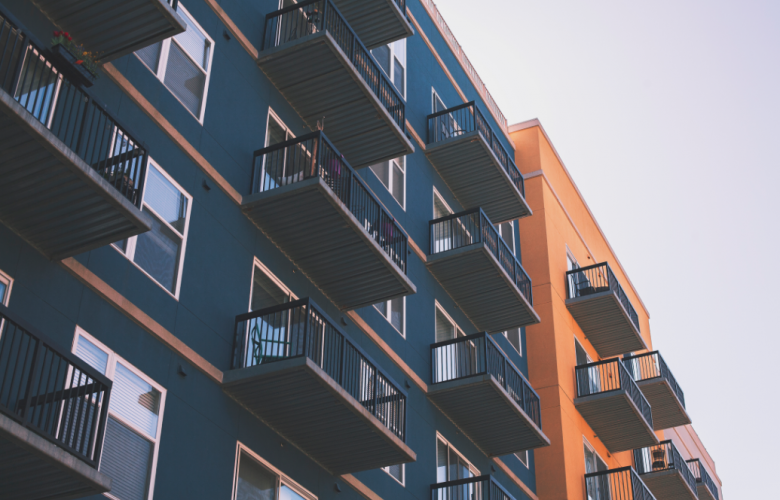Investors drive gains in housing finance
Contact
Investors drive gains in housing finance
The increase in the value of loans for investors "may continue to cause policymakers angst over 2017" says Craig James, chief economist of CommSec.
The value of property loans by investors surged by 4.9 per cent in November to be up 21.4 over the year – the strongest annual growth in 19 months.
The value of loans overall rose 2.2 per cent in November after rising by 0.5 per cent in October. Owner-occupier loans rose by 0.4 per cent, but investment loans rose by 4.9 per cent.
The number of loans for owner-occupiers rose by 0.9 per cent in November after falling by 0.6 per cent in October, only the second rise in lending in five months.
The proportion of first-time buyers in the home loan market rose minutely from 13.7 per cent to 13.8 per cent in November, and remains well below the long-term average of 19.4 per cent.
"The lift in the value of loans was largely driven by investors," says Craig James, chief economist of CommSec, indicating that "the housing landscape may continue to cause policymakers a little bit of angst over 2017."
"If home prices continue to lift, with growth largely driven by investor loans, regulators may look at further restrictions to curb lending," said James.
Matthew Pollock, Master Builders Australia’s National Manager - Housing says the data indicates that "building activity in Australia’s housing market is approaching a peak with the number of housing commitments flat, recording a small increase of 0.9 per cent on the previous month.”
“However, that peak is unlikely to come before the end of the financial year and the current pipeline of work is set to support one of the best years for home building activity in Australia’s history in 2017,” he said.
Pollock said the different states and territories "are at very different stages in their housing construction cycles.”
“The number of new housing commitments in Western Australia has fallen for four consecutive months and is now 9 per cent lower than a year ago. Either falling or flat new housing commitments in South Australia, Tasmania and the ACT support an expectation for a weaker house building period in these states/territories looking past the next six to twelve months,” he said.
“In Queensland, the story is very much regional," he said.
"With the housing markets in Brisbane and the Gold Coast in a boom period, while the collapse of resources related construction in the Darling Downs, Fitzroy and Mackay is causing some excess capacity to emerge in those markets," he said.
HIA Chief Economist, Dr Harley Dale, said the numbers show the construction sector will continue to support the Australian economy in 2017.
“The new home building sector will continue to provide strong support to the broader Australian economy through the first half of 2017,” he said.
Dale agreed the data varies across the country.
“As has been typical throughout this cycle, the profile for new home lending varies widely between states and territories,” concluded Harley Dale.
“Looking beyond just today’s update, it is not surprising that New South Wales and Victoria are faring the best overall.”
See also:





